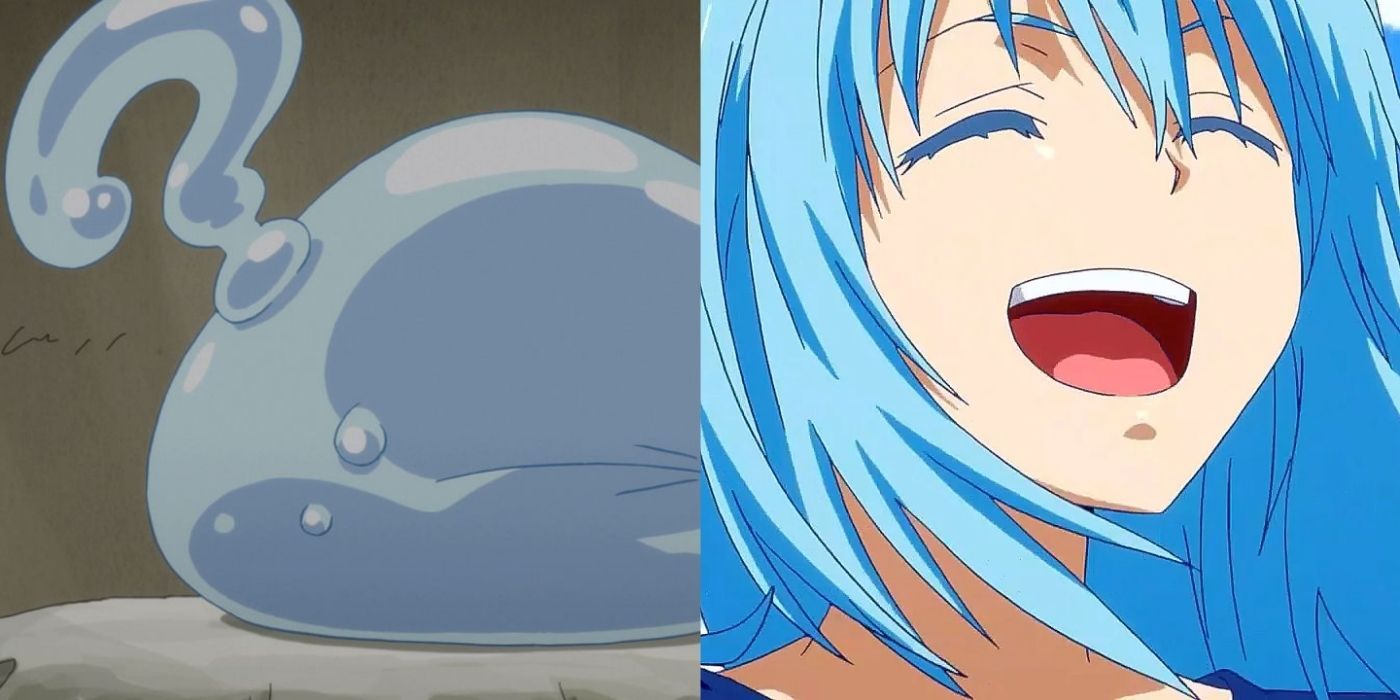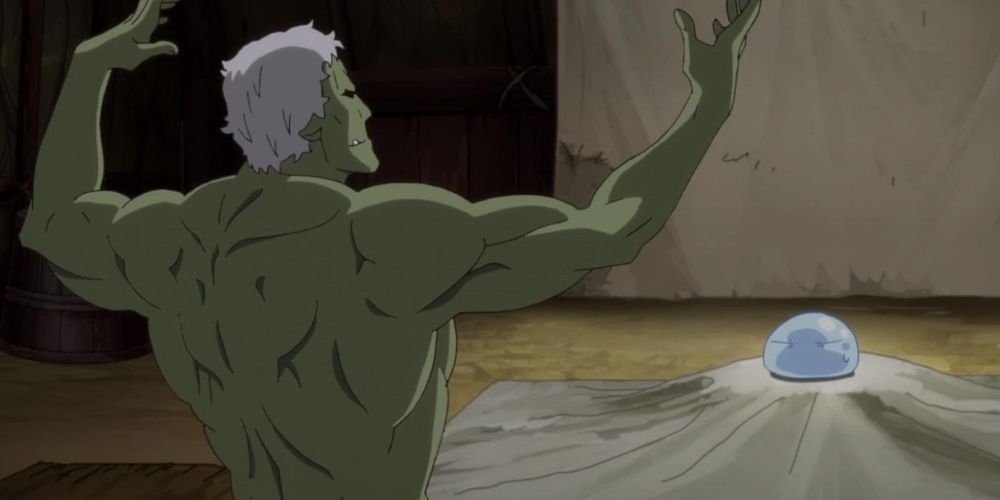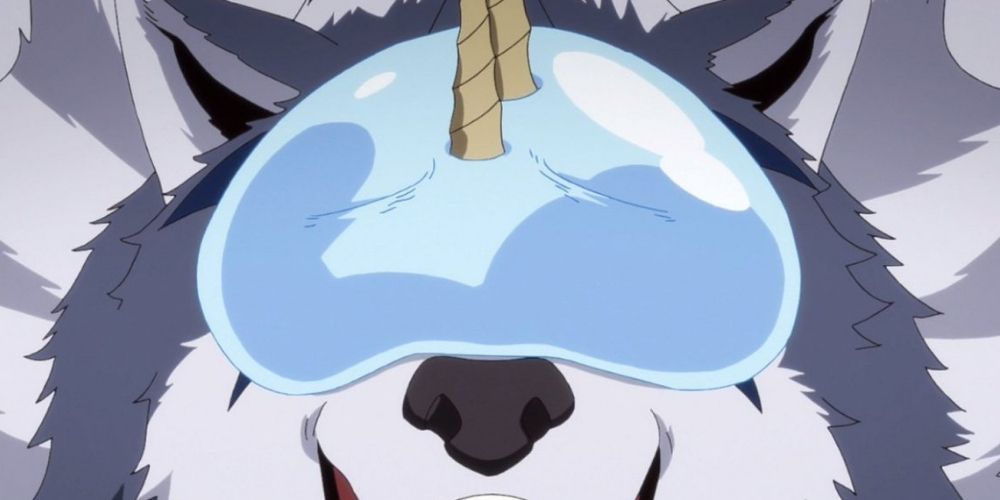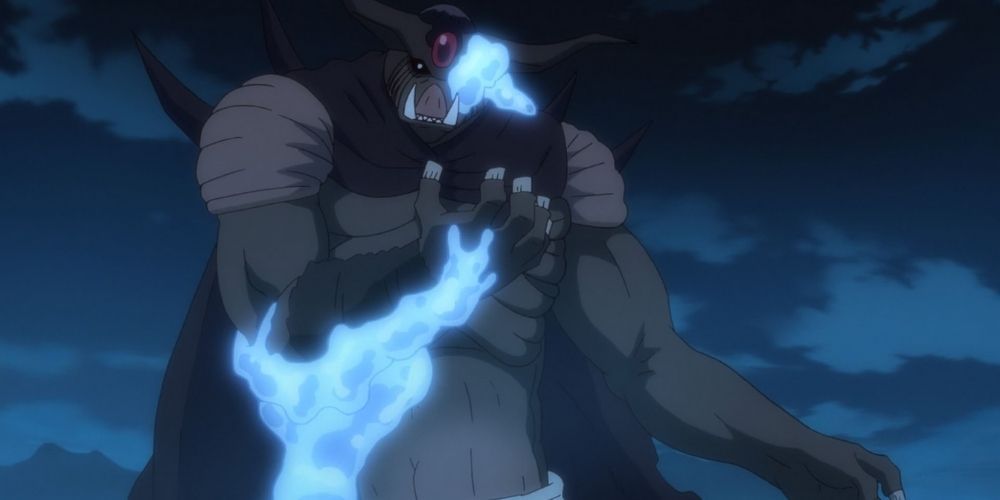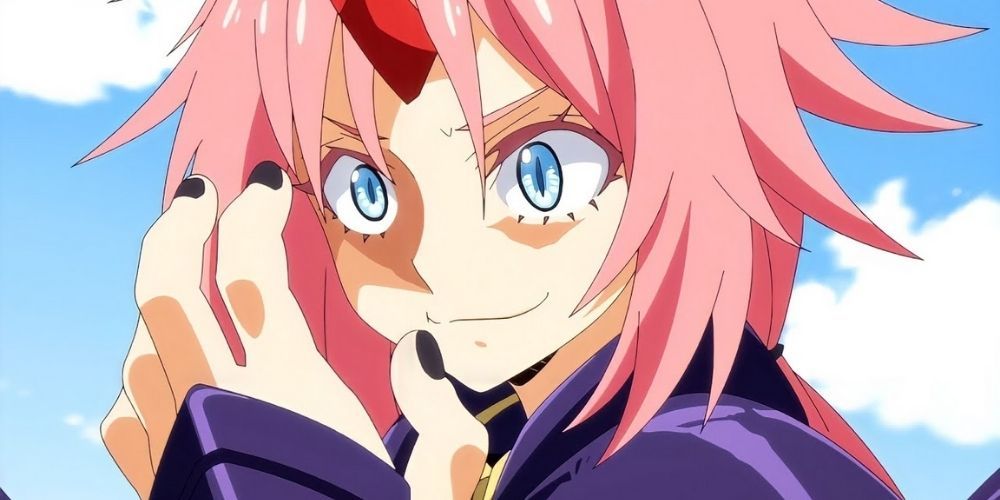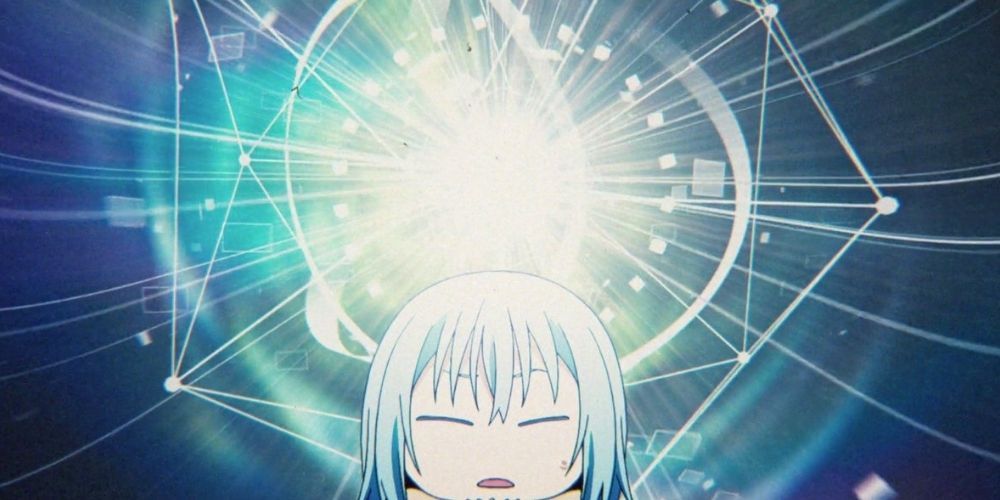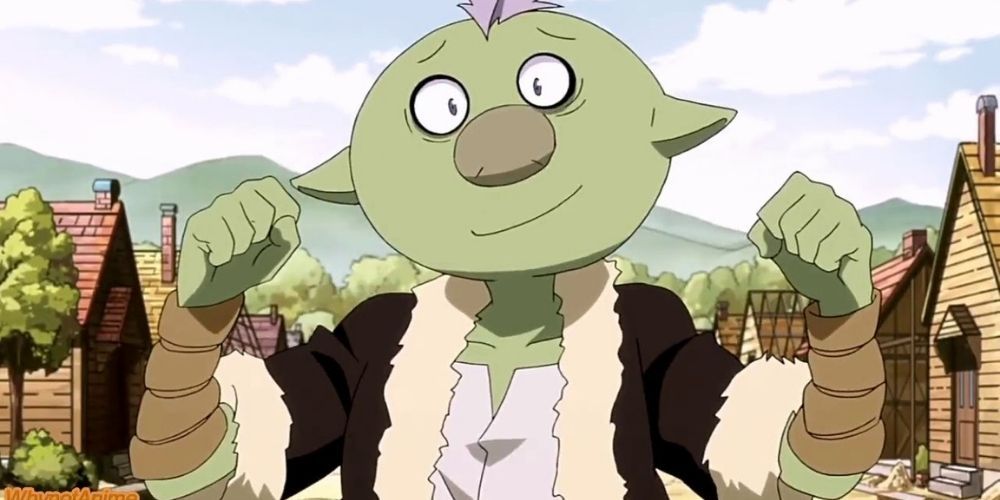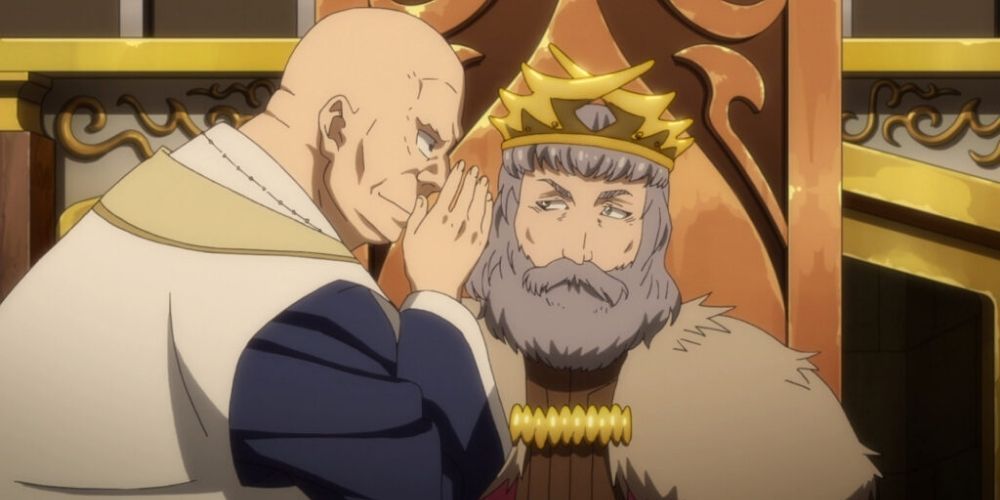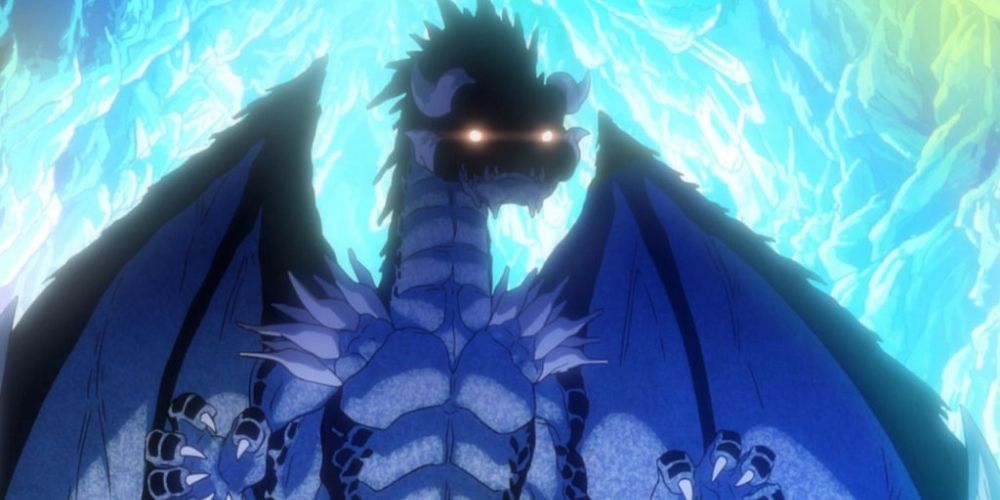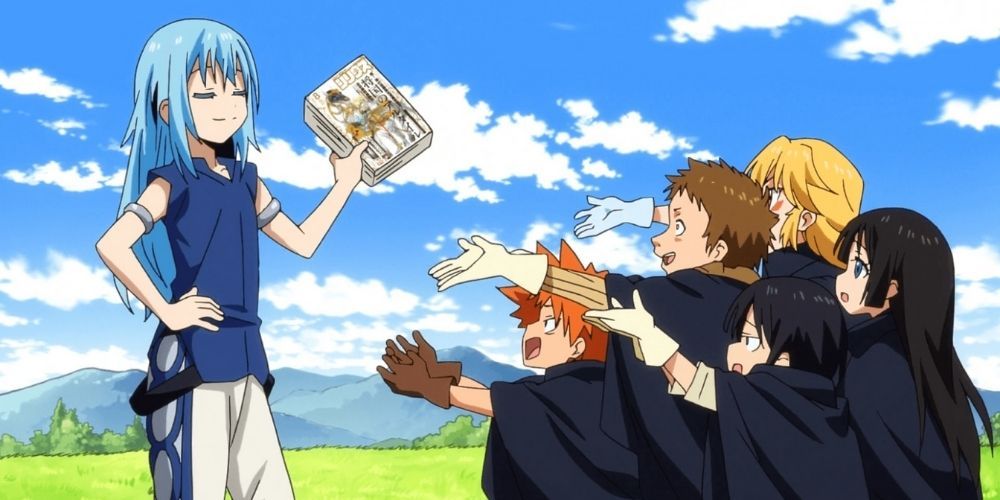The entire premise of isekai anime hinges upon fans accepting the notion that the main characters have reincarnated into a new world. This suspension of disbelief gets even harder when other inconsistencies exist that prevent viewers from becoming fully engrossed in the story.
In That Time I Got Reincarnated As A Slime, Satoru Mikami is a Japanese salaryman who dies and is reincarnated as a slime monster. While the show has quickly become one of the most popular isekai anime currently airing, it contains many puzzling irregularities, though most of these are explained in the light novel and source material.
Satoru Mikami Is Reincarnated By Chance
The show's entire premise is based on the fact that Satoru is reincarnated as a slime monster after he dies in a random attack. Set aside the fact that his attacker's motivations are never known, there is little justification given as to why or how he came into his new world.
While there are more Otherworlders from Earth in his new world, there are not many, and so he is amongst rare company. Additionally, most of the Otherworlders are summoned, not reincarnated or randomly transported as in Satoru's case. Satoru is given the choice by the Voice of the World whether or not he would like a second chance at life, which prompts his reincarnation, but it would be nice to have a greater understanding as to how this process occurs.
Monsters Don't Have Names
Unlike humans, monsters in this new world don't have names. For example, upon meeting Veldora, Satoru assumes a new name, Rimuru Tempest, and sets out into the world to establish a safe home for monsters like himself.
This is a central premise of the series, as once named, monsters gain an increase in power depending on the power of the individual naming them. While this process makes sense, it begs the question as to how monsters communicate with each other prior to being named. Fans are supposed to assume that monsters simply call each other by their relationship or physical characteristics, but this could easily get confusing in large, complex groups such as the Goblin village.
Rimuru Riding Ranga For Long-Distance Travel
Upon naming the Direwolf Ranga, Rimuru promptly turns him into his personal mount. When he is not at serving as Rimuru's steed, Ranga spends most of his time living in Rimuru's shadow, awaiting his master's summons.
Before Rimuru gains the ability to fly or teleport, this relationship between Ranga and his master makes sense. However, once Rimuru unlocks these abilities, he still uses Ranga for long-distance transportation. It's understandable if Rimuru simply enjoys the ride, but makes less sense given that he has faster means of transportation for long-distance travel.
Rimuru Doesn't Use Predation In Every Fight
One of Rimuru's strongest skills, Predation, allows him to absorb his target into his body and replicate its abilities. Time and again, Rimuru uses the skill to defeat tough foes, such as the Orc Disaster Geld, and quickly level up, like when he absorbs all of the monsters in Veldora's dungeon.
Predation is such a powerful skill, it's a wonder that Rimuru doesn't use it in every fight. Sure, it could function as his ace-in-the-hole, and so he may want to keep it secret, but at the least, it could be his go-to finishing move once his opponent is weakened so that he can absorb their abilities.
Milim Attacking Eurazania
Near the end of the first part of season 2, Milim Nava attacks Eurazania and challenges Demon Lord Carrion to a duel. While their fight is one of the best battles of the series to date, it's not well explained, at least not yet.
Although it makes sense for Milim's character to pick a fight for no particular reason, it is unclear why she chooses to single out Carrion. He does not do appear to provoke her in any way, yet she issues a challenge anyway. Her decision to obliterate Eurazania feels like a tactical move to weaken Tempest, but all it accomplishes is to make Tempest stronger, as it absorbs all of Eurazania's military forces. It remains to be seen if any justification will reveal itself in the second part of season 2.
How Rimuru Acquires Skills
Over the course of the series, Rimuru acquires many powerful skills through different means. For example, when he is reincarnated, he jokes that he should be a sage given that he is a virgin at almost 40, which is how he acquires his Great Sage skill. This opening sequence gives him many of his most useful skills, like Predation and Pain Resistance.
Rimuru also acquires skills when he defeats or consumes opponents. However, others are only unlocked after he exhibits a certain character trait, such as when he mercilessly kills the soldiers of Falmuth. These skills appear randomly, and make less sense than the others, as the goalposts shift according to each skill, so it's hard to conceptualize what actions trigger skills while others don't.
Physical Traits Upon Evolving
All of the monsters that choose to follow Rimuru are given a name, and this triggers an evolution that upgrades the monsters' power and, occasionally, their appearance. So far, most of the monsters that receive a name from Rimuru undergo a dramatic physical transformation at least once during their stages of evolution.
The one exception to this rule is Gobta and his fellow Goblin riders. The only explanation for this is that it's done for comedic effect, or because Gobta and his fellow Goblins are more powerful than the other Hobgoblins. Certainly, Gobta is very powerful, but many of the other Goblins that look like him aren't obviously stronger than the average Hobgoblin, so the physical change is applied inconsistently.
Falmuth Completely Underestimates Tempest
By the time the Jura Tempest Federation comes onto Falmuth's radar as a possible competitor, Rimuru and his allies have already defeated the Orc Disaster Geld and his army of 200,000 Orcs and also took down the legendary monster Charybdis. However, both of these feats were mostly attributed to others, so it's understandable that Falmuth underestimates Tempest.
Still, they must at least have known that Tempest employs Kijin, Hobgoblins, Dragonewts, and Orcs, all of which are much stronger than a normal human. Given that a single Kijin is supposed to be a match for more than 300 humans, their decision to not immediately go in and wipe out every single monster after erecting the barrier feels like very poor planning for such a powerful and successful nation.
Monsters Avoid The Forest Of Jura While Veldora Is Imprisoned
Shortly after Rimuru consumes Veldora, monsters begin to invade the Forest of Jura, as the delicate balance that keeps all the various monster factions is upset. The Direwolves attack the Goblins, the Orcs attack the Ogres, and the Forest of Jura becomes ground zero for an epic power struggle for supremacy.
While this kickstarts many of the key events of the first part of season 1, it doesn't make sense why some monsters avoided the Forest of Jura while he was alive and others didn't. For example, the Goblins and Ogres both lived there under his aura, but the Direwolves only arrive after he disappears, so the effect of his aura is applied inconsistently.
Only Some Otherworlders Are Allowed To Live Freely
Otherworlders are transported to the new world for one of three reasons: death, summoning, or at random. Less than a dozen Otherworlders have been introduced in the series so far, with most of the Otherworlders appearing as Summons, with Rimuru being one of the lone random arrivals.
It's therefore strange that some Otherworlders are controlled while others are allowed to live freely. Summoned Otherworlders are important military assets, so even if they were defective, like Shizue or the children at the Freedom Academy, it's not clear why countries would let them live or make their existence known to the Free Guild. Otherworlders are immensely powerful, so it doesn't make sense for countries to just let them run around without control, even if they do have a limited life span.

